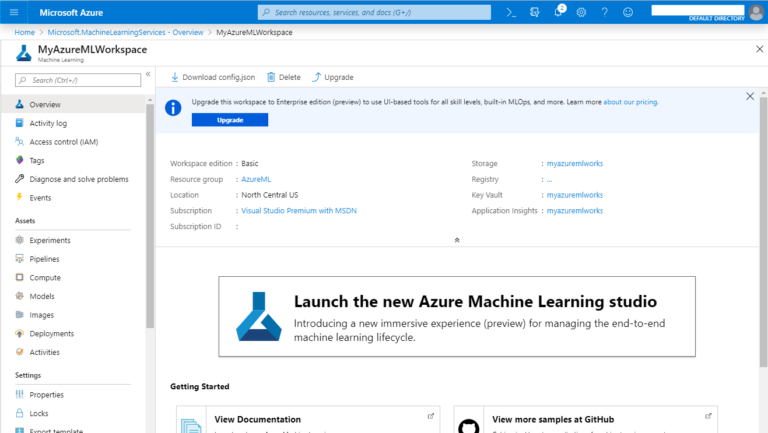

The User accounts are Free, Pro, and PPU (Premium Per User). In Power BI, the capacity can be shared capacity or Dedicated (Premium or Embedded). Initially, user-based licensing was used in Microsoft Power BI and is still in use. If there is a need to transfer data between regions, there might be charges associated with that too, which you can read here. For example, US West 2 storage costs $0.023 per GB monthly. The OneLake cost is similar to ADLS (Azure Data Lake Storage) pricing. You will need to pay for that separately. OneLake’s storage costs are not included in the capacity licensing.

In a few months, some yearly licenses (RI) will be announced, which will have lower pricing because of their minimum yearly terms.Īny SKUs lower than F64 would require Power BI individual licenses (Pro or PPU) for Power BI sharing. You can turn them off or on any time you want. The prices in the tables above are USD, and the F SKUs do not have any yearly contracts. For example, F4 has twice the power of F2 and is half of the power of F8. The CU can be used to understand the computing power of each SKU. There are different levels of these resources categorized into different SKUs. These resources can be included but not limited to CPU, Memory, etc., on the Microsoft Azure environment, which gives you the computing power to process the Fabric services. Image source: What is a Capacity?Ī Capacity is a pool of resources (which can be measured by CU: Capacity Unit) for dedicated use.

Microsoft Fabric Tenant, capacity, and workspace structure. The screenshot below shows how Tenant, Capaicy, and Workspace work together. However, you can have more than one capacity associated with one workspace. For example, you will create Lakehouse, Data Pipeline, and Dataflow inside a workspace, and you can share them with the rest of the developer team. Workspaces are sharing units that will be used for developers and users. Inside capacities, you will have workspaces. I’ll explain the pricing and SKUs shortly after. There are different SKUs for different levels of resources. Each capacity is a pool of resources that can be used for Microsoft Fabric services. You can have one or multiple capacities in each tenant. The capacity is the substructure under the tenant. Each domain can have one or multiple tenants. Tenant is the most fundamental part of the structure of Fabric. In Fabric, there are three important sections that the content can be organized into those Tenant, Capacity, and Workspace. To understand the licensing for Microsoft Fabric, You first need to understand the Capacity structure.
#AZURE WORKSPACE PRICING HOW TO#


 0 kommentar(er)
0 kommentar(er)
